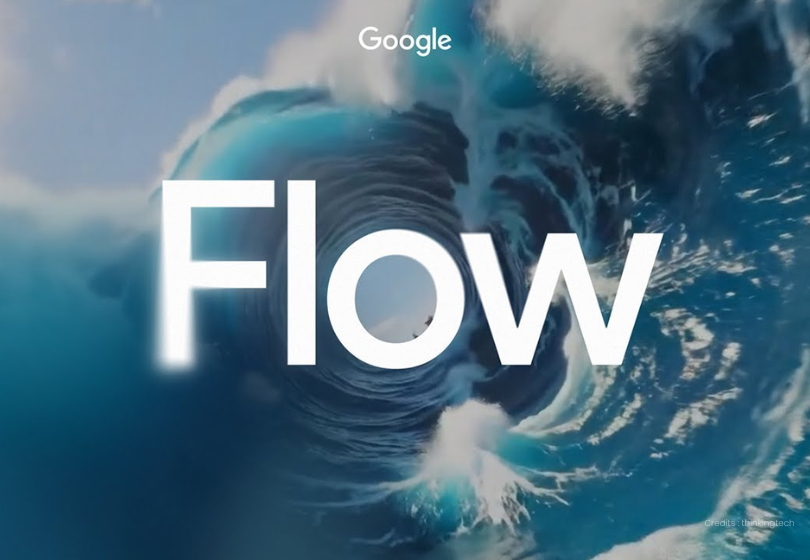If you’ve ever spent hours trimming clips, color correcting footage, or waiting on render times, you know how painfully slow video editing can be.
That’s why Google Flow is making waves in the filmmaking world.
At Google I/O 2025, Google introduced Flow — an AI-powered video editing and filmmaking tool that can generate cinematic-quality videos from a simple text prompt. Instead of cameras, lighting, and editing software, you type in what you want, and Flow creates a visually stunning result.
Yes — that means:
Whether you’re a filmmaker, marketer, or content creator, Google Flow could change everything about how video content is made.

Google Flow is Google’s latest AI filmmaking platform. It combines three powerful models:
With Flow, you can:
Creators have already generated over 275 million videos with Flow since launch — a milestone the industry has never seen before.
This isn’t just an editing tool.
It’s an entire production pipeline.
Traditional video editing requires multiple software tools and large production teams.
Google Flow flips that model upside down.
With Flow, AI can automatically:
Think of Flow as your assistant editor — doing the busy work so you don’t have to.
Instead of learning complicated editing timelines, you can guide the process conversationally:
“Make the lighting warmer and add a slow zoom-in effect during the final scene.”
Boom — Flow applies the change instantly.
Flow lets editors focus on what matters:
The technical execution becomes automated.
Here’s the biggest misconception:
“AI will replace video editors.”
Not true.
Flow doesn’t eliminate editors.
It eliminates repetitive tasks.
Instead of:
Editors now:
With Google Flow on the rise, we’re seeing new high-income roles such as:
These roles didn’t exist five years ago. Now? They’re in high demand.
Entry-level editing jobs (assistant editor, intern) will shift.
But top editors who embrace AI will:
Your creativity becomes your advantage.
AI can generate visuals, but you still bring meaning, emotion, and story.
The AI video market is projected to reach $42 billion by 2033 — and Google Flow is leading the shift.
Flow makes video creation accessible to:
You don’t need a budget.
You need a vision.
Flow enables:
Imagine producing a Spanish version of your video in minutes—with accurate facial expressions and synchronized speech.
AI isn’t just accelerating production.
It’s expanding creative possibilities.

Here’s your roadmap to stay ahead as Google Flow reshapes filmmaking:
The better your prompts, the better your output.
Focus on: details, emotion, camera movement, mood.
Examples:
Niches get rich.
Share your AI video projects online.
Clients want proof — not promises.
Think of Flow like a production partner.
Your storytelling + Flow’s execution = Unmatched speed.
Google Flow isn’t just another video tool.
It’s a creative revolution.
It democratizes filmmaking.
It accelerates production.
It empowers creators.
The future belongs to video editors who see AI as a collaborator — not competition.
Use AI to do the work.
Use your creativity to tell the story.
Ready to create your first AI film?
Q1: What makes Google Flow different from other AI video tools?
Flow integrates video, audio, and language models into one platform — making it a full filmmaking suite, not just a generator.
Q2: Do you need editing experience to use Google Flow?
No. Flow is designed so anyone can create cinematic videos using natural language prompts.
Q3: Will Google Flow replace video editors?
It replaces tasks, not people. Editors who focus on storytelling and creative direction will thrive.
Q4: Can you use Google Flow for commercial or branded content?
Yes — Flow is built to support creators, businesses, and production teams.
Q5: What skills should video editors learn to stay competitive?
AI prompting, creative direction, and brand storytelling.
No Comments